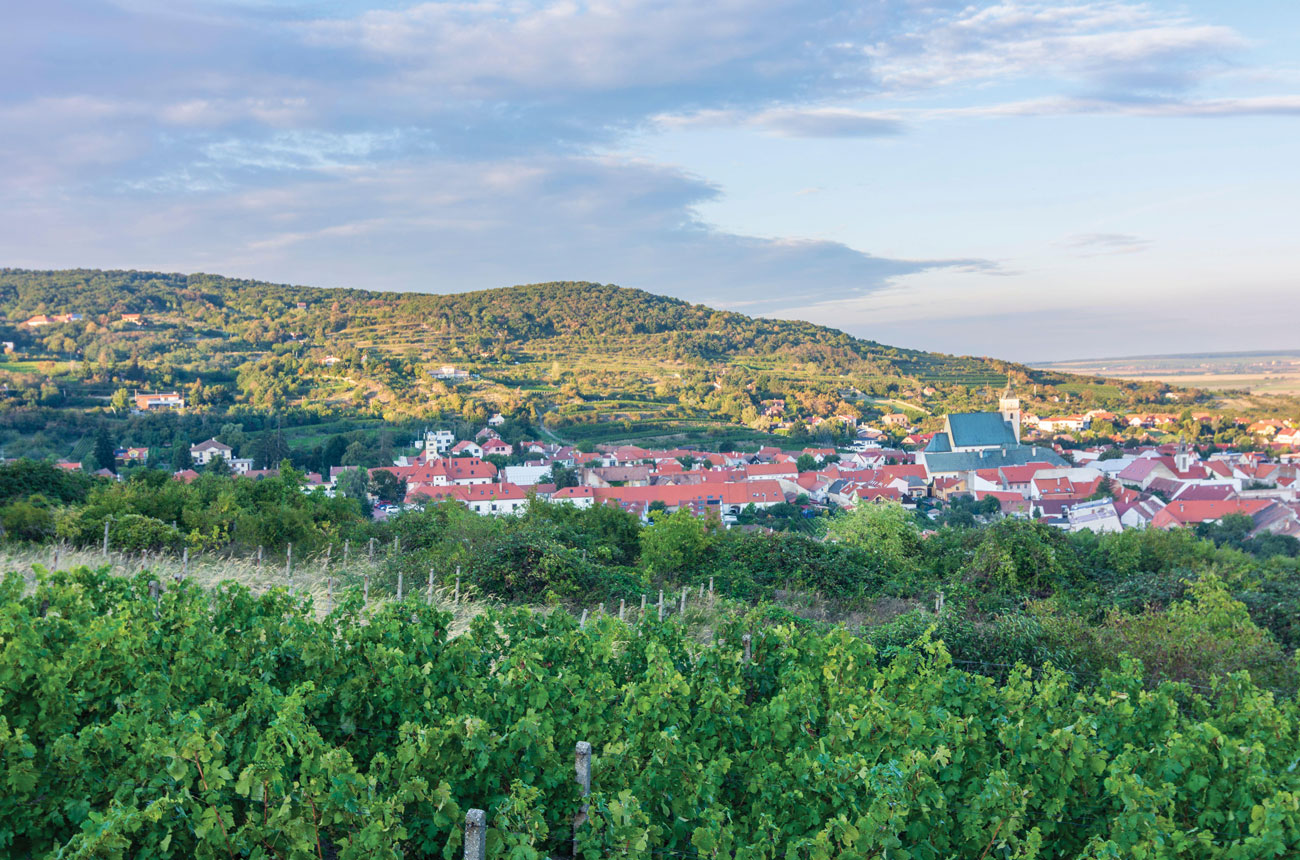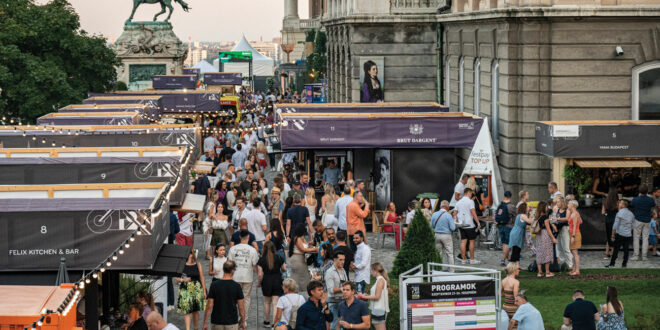
Stretching some 1,500km from the Czech Republic and Austria to Serbia, passing through Hungary, Poland, Slovakia, Ukraine and Romania along the way, the Carpathian mountains are Europe’s third-longest mountain chain after the Urals and the Scandinavian mountains. These majestic and mysterious mountains have arguably played as significant a factor in the development of the region’s history and culture as Europe’s second-longest river, the Danube, and the encroachment and retreat of empires Roman, Ottoman and Habsburg, not to mention the more recent impact of the Soviet era. They also have a remarkably long winemaking tradition, dating back several thousand years.
The Carpathian foothills experience a relatively mild climate with plenty of both rain and hot, sunny days, while also possessing a diversity of volcanic soils, and today they represent a versatile paradise for wine lovers, where the ancient art of winemaking is grandly celebrated. In this wine haven, the old ‘New World’ of varieties such as Furmint, Welschriesling, Kadarka, Ke?kfrankos and other discoveries await, along with rich historic cultures, breathtaking landscapes and the broadly undiscovered wine scenes of central Europe. With only a small percentage of the local wine leaving its respective countries, there’s a vast tapestry of labels waiting to be explored.
For wine enthusiasts, an excellent way to discover this expansive area is by visiting one or more of the region’s regular wine festivals. Many of the countries through which the Carpathians pass saw their wine industries suffer during the communist era, and today, as they work to rebuild and expand, there’s a palpable enthusiasm and desire to share the local traditions with the wider world.
Slovakia, Romania, Poland and Hungary would all make great places to start, each home to millennia-old winemaking cultures that are keenly re-emerging after shrugging off the communist cloak and each hosting a number of annual festivals, a selection of which are presented here.
Slovakia

The historical wine town of Svätý Jur, near Bratislava, seen from surrounding vineyards in the foothills of the Small Carpathians. Credit: Volkerpreusser / Alamy Stock Photo
Chute Maly?ch Karpa?t 2024
Event date: 9 November
Set among sprawling vineyards and charming traditional villages in a particularly picturesque part of southwestern Slovakia, the Taste of the Small Carpathians festival is a wine lover’s paradise, boasting a distinctive ambience and offering an excellent opportunity to get under the skin of Slovakian winemaking traditions.
The town of Sva?ty? Jur, whose wine-related history dates back to the beginning of the 13th century, sets the stage for this celebration of the local region’s exceptional wines and cuisine. The vineyards, which are the most extensive in the Small Carpathian wine region, reaching right up to the town’s fortifications, reflect a terroir that’s particularly well suited to Riesling, imparting a distinctive mineral character to the wines.
In the Small Carpathians wine region, the slopes of the foothills, predominantly composed of granite and other volcanic rocks mixed with areas of sandy soil, provide an ideal environment for nurturing resilient vines. With most of the slopes facing in a southerly direction, the often terraced vineyards are regularly bathed in sunlight, ensuring regular ripening. While white wines tend to dominate, the region also produces some characterful cool-climate reds.
The brainchild of nine local producers, the festival’s set-up enables visitors to explore wineries via a shuttle bus, engaging directly with winemakers and savouring local wine, food and art, with immersive programmes that range from musical performances to cellar tours. Start by exploring the wine towns and villages of Sva?ty? Jur, Modra, Pezinok, S?enkvice, Dol’any and…
Source : https://www.decanter.com/wine/central-europe-come-and-taste-523248/



